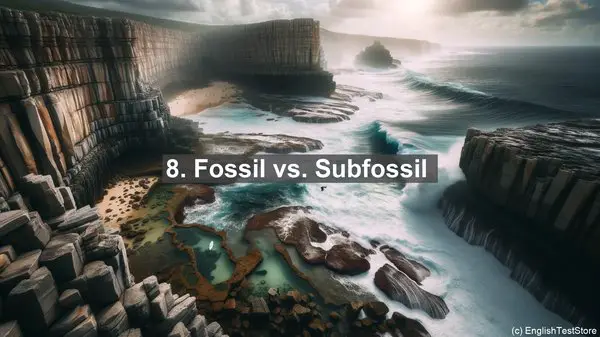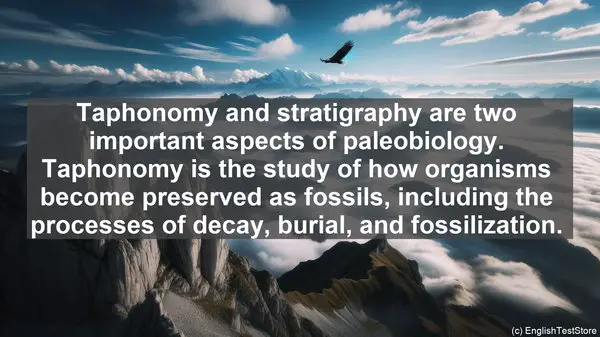Introduction
Welcome to today’s lesson on paleobiogeography. In this lesson, we’ll be discussing some commonly confused words in this field. Let’s dive in!
1. Endemic vs. Indigenous
The terms ‘endemic’ and ‘indigenous’ are often used interchangeably, but they have distinct meanings. Endemic species are found exclusively in a particular region, while indigenous species are native to a region but may also occur elsewhere. Understanding this difference is crucial for accurately describing the distribution of species.
2. Migration vs. Dispersal
Migration and dispersal both involve the movement of organisms, but they differ in scale and purpose. Migration refers to the seasonal movement of species, often for breeding or feeding. Dispersal, on the other hand, is the one-time movement of individuals away from their birthplace. It’s important to differentiate between these terms when studying the movement patterns of organisms.
3. Fauna vs. Flora
Fauna and flora are commonly used to refer to the animal and plant life in a particular area, respectively. While these terms are straightforward, it’s essential to remember that they encompass the entire range of species in an ecosystem, from the smallest organisms to the largest.

4. Extinct vs. Extirpated
When discussing species, ‘extinct’ and ‘extirpated’ are often confused. Extinct species no longer exist anywhere on Earth, while extirpated species are locally extinct but may still occur in other regions. This distinction is crucial for accurately assessing the conservation status of a species.
5. Convergent vs. Parallel Evolution
Convergent and parallel evolution both involve the independent development of similar traits in different species. However, they differ in the starting point. Convergent evolution occurs when unrelated species develop similar traits due to similar selective pressures. Parallel evolution, on the other hand, involves the independent development of similar traits in related species. Understanding these terms helps us unravel the complex patterns of evolution.
6. Taxonomy vs. Systematics
Taxonomy and systematics are related fields but have distinct focuses. Taxonomy involves the classification and naming of organisms, while systematics encompasses the broader study of evolutionary relationships. While taxonomy is concerned with organizing species into groups, systematics delves deeper into understanding their evolutionary history.
7. Paleoecology vs. Paleoenvironment
Paleoecology and paleoenvironment are often used interchangeably, but they refer to different aspects of the past. Paleoecology is the study of ancient ecosystems, including the interactions between organisms and their environment. Paleoenvironment, on the other hand, encompasses the broader environmental conditions of the past, such as climate and geology.
8. Fossil vs. Subfossil
Fossils are the preserved remains or traces of ancient organisms. However, not all remains are considered fossils. Subfossils are the partially preserved remains of organisms that are not yet fully mineralized. While fossils provide valuable insights into the past, subfossils can offer even more detailed information about relatively recent time periods.
9. Biogeography vs. Paleobiogeography
Biogeography is the study of the distribution of species across space and time. Paleobiogeography narrows this focus to the past, examining how species’ distributions have changed over geological time. By studying paleobiogeography, we can gain insights into the historical processes that have shaped the modern distribution of organisms.

10. Taphonomy vs. Stratigraphy
Taphonomy and stratigraphy are two important aspects of paleobiology. Taphonomy is the study of how organisms become preserved as fossils, including the processes of decay, burial, and fossilization. Stratigraphy, on the other hand, is the study of rock layers and their chronological sequence. Both fields are crucial for interpreting the fossil record and reconstructing past environments.
